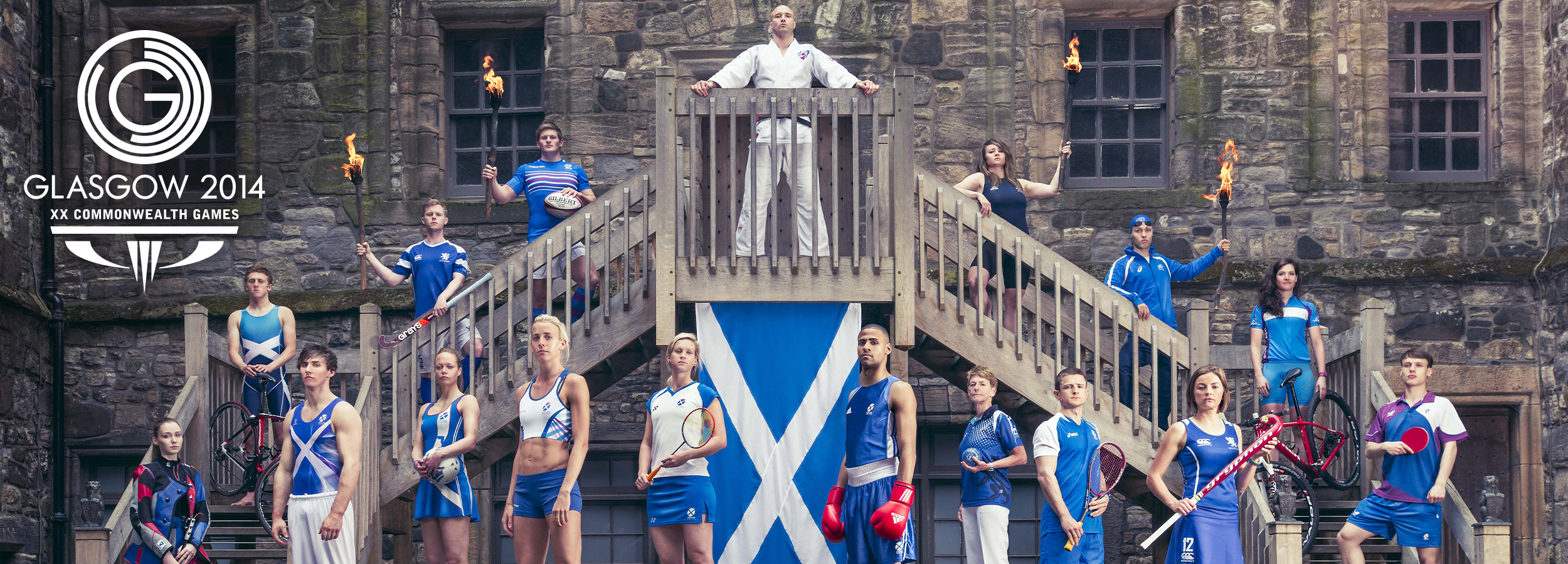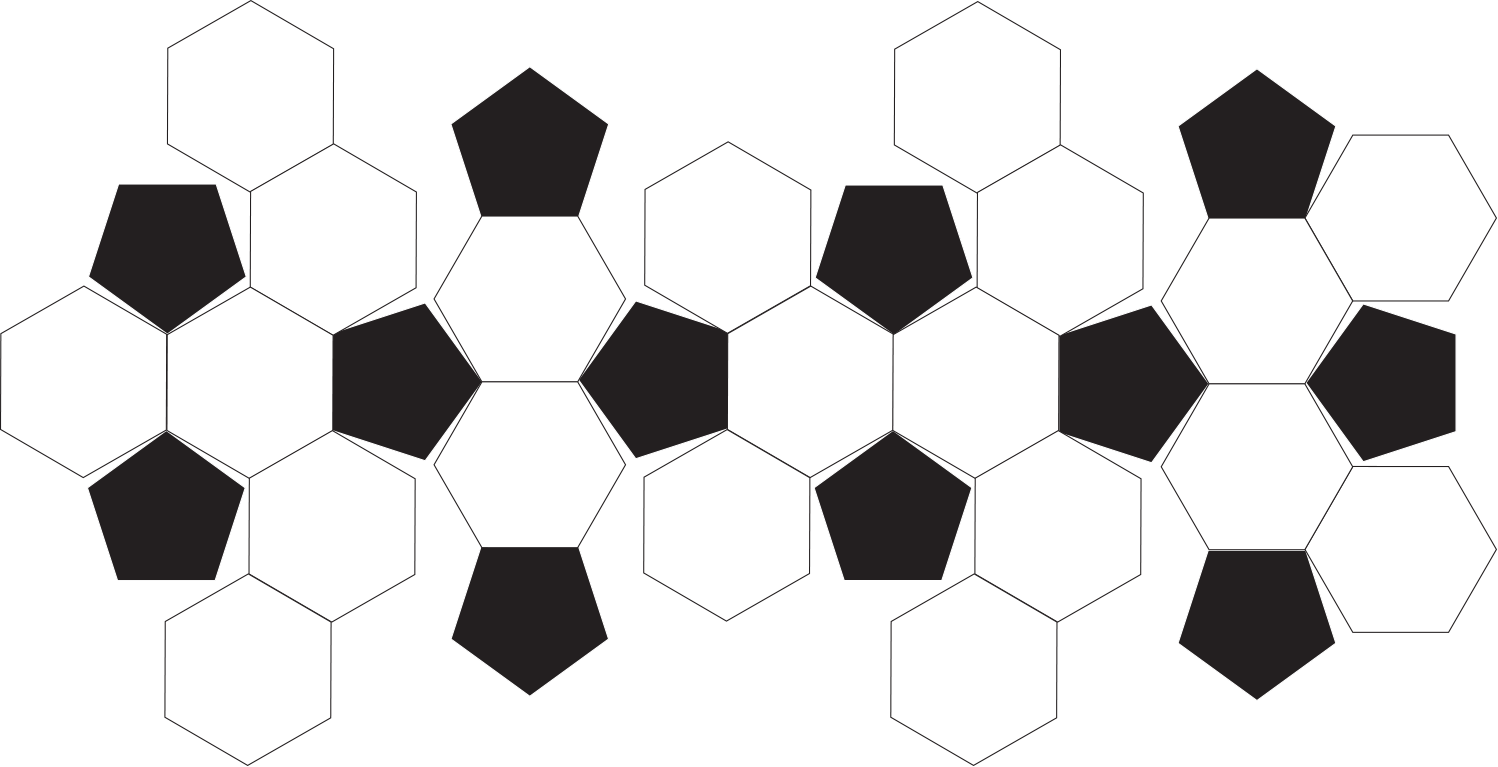In two separate major global sporting events, Cisco had been named the official network infrastructure supporter. They created a network to connect over seventy nations, carrying all voice, video, and data traffic, but beyond this, Cisco felt these were also opportunities to showcase what can be made possible in years to come. I was proud to be the sole design lead on these projects, and while I can’t type their names here for fear of legal-bots, the images clearly showcase the global scale of the games.
The Future of Video
Creative Direction, Strategy, UX, Design
1: A Quadrennial International Multi-Sport Event: Scotland Edition
Creative Direction, Strategy, UX, Design
The new interactive medium.
Bound to never say the name of the event (and avoiding bots finding any reference to that effect), the logo above showcases the Games in which an augmented companion installation was created.
Cisco had been named the official network infrastructure supporter for the 2014 quadrennial international multi-sport event. They created a network to connect 71 nations, carrying all voice, video, and data traffic for Glasgow 2014 around the 40 venues and to the 1.5 billion people who made up the global audience. Their approach to connecting people, process, data and all things on the network was promotionally called “The Internet of Everything”, and Cisco felt the Games were a perfect stage to showcase what can be made possible.
OVERVIEW
Televisions placed on the wall housed static wallpaper content matching the wallpaper in the room, due to technology limitations the bezels still showed, however in future iterations the intent would be for the screen to be a large sheet affixed to the wall, with our information and video simply floating in space.
The “rig” was based on custom configured hardware (two PCs driving a total of 9 HD screens) with customized Chromium browser software that creates one virtual surface out of the 9 screens. Combined with a playback synchronization server and a node.js orchestration engine.
The Cisco platform to showcase “The Future of Video” supports 4K resolution video and is designed to demonstrate the future trends in video watching. The intent is to showcase for the first time, how a high quality, ultra high definition programme can be made on the internet and delivered on the internet; end to end, internet production delivery.
THE TECHNOLOGY
THE BUILD
An overview of the technology, concept and showcase of the final rig in use at the games.
Working without assets from the Games (as they were still being finalized), we needed to move on a design with no real direction. The folks involved were developers and programmers, so was left to my own devices on how to best represent the visuals in keeping with the branding of the Games itself.
Utilizing the various elements of branded content I found online, I noticed a natural pattern of circles in the material; a constant within the showcase of the Games.
DESIGN CONCEPTS
Twitter skin
Facebook banner
Online banner
The branding of the Games and the medals themselves also followed the circular visual thematic.
In experimentation and recreating the circular elements, I began to emulate the main visual to create consistency with branded elements found online, and form the “wall” pattern that would live behind the visual content.
DESIGN BASE
With only the brand colours of the BBC to be stipulated as design intent, the visual layout became one of content display. Focus had to remain on the actual event itself however all related information from current/next event callouts, social feeds, advertising, player information, related content etc., needed to be displayed as well. Depending on the immersion level set for watching, this content would need to change its location and layout in accordance.
DESIGN CONCEPT, UX LAYOUT
Due to the layout of the rooms where The Future of Video was installed, we worked within a U shape; the larger centre portion providing the main viewing platform, while the side walls gave us a vertical area to play with. The primary design became a vector play as there were a number of wallpapers in the various installations.
DESIGN AND USER EXPERIENCE
2: An International Football Competition
Creative Direction, Strategy, UX, Design
Building a one-of-a-kind fresco.
Sworn to secrecy to never say the name of the football match organization to avoid those pesky lawyer-driven bots always on the look-out, this Brazilian set football match was a global event for football. ogo above showcases the Games in which an augmented companion installation was created.
Cisco’s approach when creating infrastructure is one of connecting people, process, data and all things on the network. As part of this global football event, showcasing new technology only solidifies yourself as the leader in the field. The platform supports 4K resolution video and is designed to demonstrate the future trends in video watching.
OVERVIEW
THE TECHNOLOGY
Televisions placed on the wall housed static wallpaper content matching the wallpaper in the room, due to technology limitations the bezels still showed, however in future iterations the intent would be for the screen to be a large sheet affixed to the wall, with our information and video simply floating in space.
The “rig” was based on custom configured hardware (two PCs driving a total of 9 HD screens) with customized Chromium browser software that creates one virtual surface out of the 9 screens. Combined with a playback synchronization server and a node.js orchestration engine.
The goal was to create a series of “widgets” in which information regarding the match could display in conjunction with 4k streaming of the game itself. There were no limitations for this project, and the developers were hungry for some “out of the box” thinking. No obvious grid system, no layout that was simple and expected - so I played, and pushed it.
The realization came that while we wanted to stay clear of a grid or traditional layout, there had to be some sort of connectivity of content to itself, and some sort of connectivity to the conceptual brand of the tournament were were representing.
DESIGN CONCEPT
I found my connective grid in an obvious place, that was hidden to me until I was pulling on the seams of an old soccer ball sitting by a campfire trying to ideate some kind of genius. As I peeled back the synthetic leather I realized what I was seeing, and much like a flattened map vs. the globe, it became clear the path we were going to take.
Weird that my head didn’t go directly to the truncated icosahedron for inspiration, am I right?
Continuing to conceptualize, I found the system with twelve pentagons and 20 hexagons.
The geometry of a simple soccer ball lent itself to compartments and nodes that could display information as required. While the full sum of the parts was never displayed, its component elements turned on and off, positioned themselves on screen in various locales, and the intent of visual was immediately present. The nodes housed content and could expand within their area as required based on necessity of overflow.
DESIGN CONCEPT, UX LAYOUT
Player information
Timer
Twitter Feed
Goal
Time since last goal
Lead scorer
Utilizing inspiration from a design perspective, the “nodes” featured additional illustrated elements that emulated other decorative elements that made up the events visual language in posters, signage and promotions, and combined with the pentagons and hexagons, created a uniquely Brazilian/event specific visual.
With simple design elements of flags and background colours, widgets were able to be altered for all 32 teams involved in this competition
Side screen content focused on interactive player merchandise where users could theoretically purchase team jerseys, equipment and various swag items through an ecommerce connection, as well as advertising and game play callout opportunities



























































